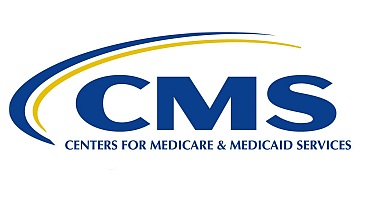According to a recent draft recommendation released by the Medicare Payment Advisory Commission (MedPAC) and discussed at the March 2020 meeting, the Centers for Medicare and Medicaid Services (CMS) should consider reducing, or streamlining, its portfolio of alternative payment models.
According to MedPAC senior analyst Rachel Burton, MPP, CMS’s Center for Medicare and Medicaid Innovation (CMMI) has tried 54 different payment models over its 10-year history. While payment models usually run between three and five years, they may be continued past that point if they’re expected to either decrease spending without decreasing quality, or to increase quality without increasing spending. There are only three types of payment models that are considered “alternative”: accountable care organizations; episode-based payment initiatives (bundled payment arrangements); and primary care transformation models, such as the Comprehensive Primary Care Plus (CPC +) model.
Of the 54 APMs CMS has tried, only four met the criteria for expansion. Another popular APM, the Medicare Shared Savings Program, is a permanent program and is not part of CMMI. In 2021, CMS is expected to offer 13 different APMs with more than 30 payment “tracks” for providers to choose from.
MedPAC principal policy analyst Geoffrey Gerhardt, MPP, noted that despite efforts by CMS and CMMI, APMs have resulted in little benefit. While ACOs and primary care models have shown small improvements in quality of care, those improvements have been inconsistent. Gerhardt indicated several potential reasons for why that may be the case, including that by offering several payment models at the same time providers may participate in more than one model and performance payments from one model may increase spending in another model.
MedPAC Commissioner Reactions
Some MedPAC Commissioners were supportive of the draft recommendation while others raised concern.
“I think there’s merit in streamlining the models,” said Commissioner Brian DeBusk, PhD, even thinking that Medicare “might welcome the relief; I’m sure they get pressed from a lot of different sides to pursue a lot of different programs.”
David Grabowski also said he supported the recommendation, but added that “if we’re going to try to move to fewer models, I think we want to do that in a thoughtful way … We need to be systematic in how we summarize the evidence and come up with recommendations.”
Bruce Pyenson also supported the draft recommendation but said the government could go even bigger. “In my view, APMs are the latest version of a great experiment on whether the healthcare system can be improved and its cost reduced by encouraging providers and organizations to be smarter,” he said. “It’s an experiment, and we’re seeing if it’s going to work or not.”
Commissioner Paul Ginsburg, PhD, believes that it is the coordinating of the APMs that is a bigger problem than having too many of them, saying, “We have population models plus ACOs, we have our episode models, and we have our primary care models, and it’s coordination among those categories that is a real drag to the system.” He concluded by saying, “I don’t know that having too many ACOs is that big a problem.” Ginsburg also recommended that MedPAC should not just tell CMS to reduce the number of APMs but should also sketch out how the agency might actually do it.

